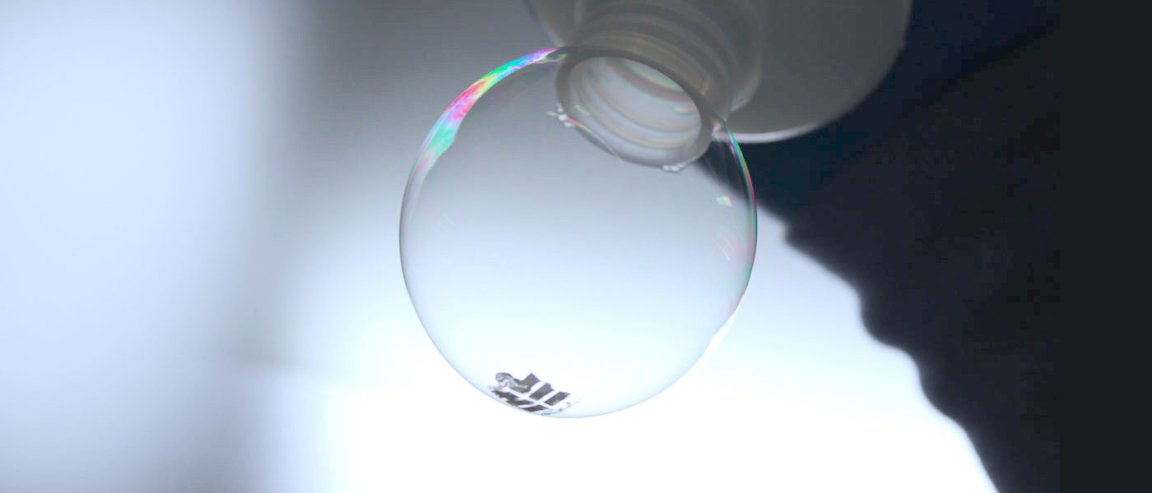
Solar Panels
It wasn’t too long ago that solar panels were used exclusively to power space stations and satellites. Today, the technology has improved significantly—making it more efficient, accessible and affordable, with applications spanning everything from simple portable chargers to powering entire airports.
More recently, another major breakthrough has been made by researchers from MIT who have apparently managed to design super thin versions of solar panels that are as light as a soap bubble.
Soon it won’t just be infrastructure and large electronics that will come equipped with solar power.

Image Credit: Joel Jean and Anna Osherov/ MIT
With cells being made this thin and flexible, it means we can now add solar cells on everything from electronics to clothes.
PV Cells
Solar cells (also called PV cells) capture and use the sun’s energy to convert it into power. It does so by using light absorbing silicon substrate but it has to be anchored on layer upon layer of sturdy material, usually glass.
In this experiment, it demonstrates that it is entirely possible to create ultrathin versions of solar cells. It’s so light that it can’t even pop a soap bubble, which could easily be added on any existing materials. It’s made of a very thin layer of parylene (which is a tenth the thickness of cling-wrap) combined with DBP. It’s also constructed inside a vacuum at room temperature.
Without the use of high temperatures, it also means it can be produced without the use of harsh chemicals typically used in production of solar cells.
This makes it the thinnest, lightest solar cells ever produced. And while it make take years to further develop the technology for actual application, MIT’s proof of concept demonstrates that it is possible to create solar cells in a more efficient way, for more efficient results.